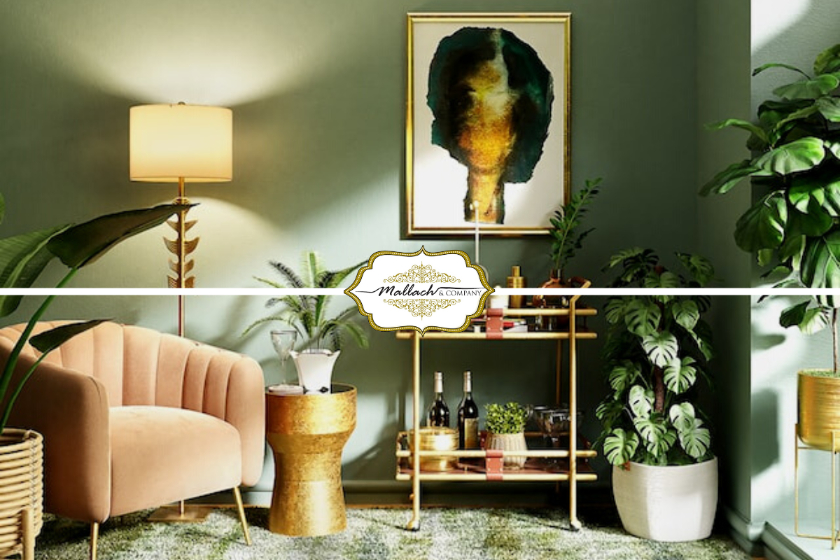
Future-Forward Living: Co-living Space Trends Shaping 2024
The concept of co-living spaces has undergone significant evolution, and in 2024, it continues to redefine the way people live, work, and connect. From innovative designs to community-focused amenities, co-living trends in 2024 reflect a future-forward approach to shared living spaces.
Innovative Design Concepts:
Co-living spaces are embracing innovative design concepts that prioritize functionality and comfort. In 2024, expect to see modular furniture, space-saving solutions, and flexible layouts that cater to the diverse needs and preferences of residents. These design innovations optimize space and contribute to a dynamic and adaptable living environment.
Tech-Enabled Living:
Technology plays a crucial role in the evolution of co-living spaces. Smart home systems, integrated communication platforms, and high-speed connectivity are becoming standard features. In 2024, co-living spaces are not just about shared physical spaces but also about creating a tech-enabled lifestyle that enhances convenience and connectivity.
Sustainability Integration:
The emphasis on sustainability is a prevailing trend in co-living spaces. Developers are integrating eco-friendly practices, from energy-efficient appliances to sustainable building materials. Co-living communities in 2024 prioritize environmentally conscious living, aligning with the global shift toward more sustainable and responsible lifestyles.
Community-Centric Amenities:
Co-living spaces are not just about shared accommodations; they are about fostering a sense of community. In 2024, expect to see an expansion of community-centric amenities, such as communal kitchens, shared workspaces, and recreational areas. These amenities promote social interaction and create a supportive and collaborative living environment.
Wellness and Mental Health Focus:
The well-being of residents is a top priority in co-living trends of 2024. Spaces are designed to promote physical and mental health, with features like fitness centers, meditation rooms, and wellness programs. Co-living communities are recognizing the importance of providing holistic support for residents’ overall well-being.
Flexibility in Leasing and Living:
Flexibility is a hallmark of co-living, and in 2024, this trend is gaining momentum. Short-term leases, customizable living arrangements, and the option to move between co-living spaces within a network are becoming more common. This flexibility caters to the evolving lifestyles and preferences of modern residents.
Cultural and Diversity Embrace:
Co-living spaces are embracing cultural diversity, creating environments that celebrate inclusivity. From diverse design elements to events that showcase different cultures, co-living communities in 2024 aim to provide a rich and inclusive experience that reflects the global backgrounds of their residents.
Investment in Health and Safety Measures:
The global events of recent times have emphasized the importance of health and safety. Co-living spaces in 2024 are making significant investments in health and safety measures. Enhanced cleaning protocols, touchless technology, and health monitoring systems contribute to creating secure living environments.
Innovation Hubs and Professional Networking:
Co-living spaces are evolving into hubs for innovation and professional networking. In 2024, expect to see spaces that cater specifically to professionals and entrepreneurs, providing not just living arrangements but also collaborative workspaces, networking events, and mentorship opportunities.
Wasl Group’s Vision for Co-living Spaces:
Explore the forefront of co-living space trends with the Wasl Group, a visionary in creating modern and community-centric living environments. To discover innovative co-living spaces and the trends shaping 2024, visit WaslInfo.org.
In conclusion, co-living space trends in 2024 reflect a fusion of innovation, community, and sustainability. As the concept continues to gain popularity, co-living spaces are not just a place to reside; they are a lifestyle choice that aligns with the dynamic and interconnected nature of modern living. The Wasl Group’s commitment to these trends exemplifies the industry’s dedication to redefining shared living spaces for a future-forward world.
